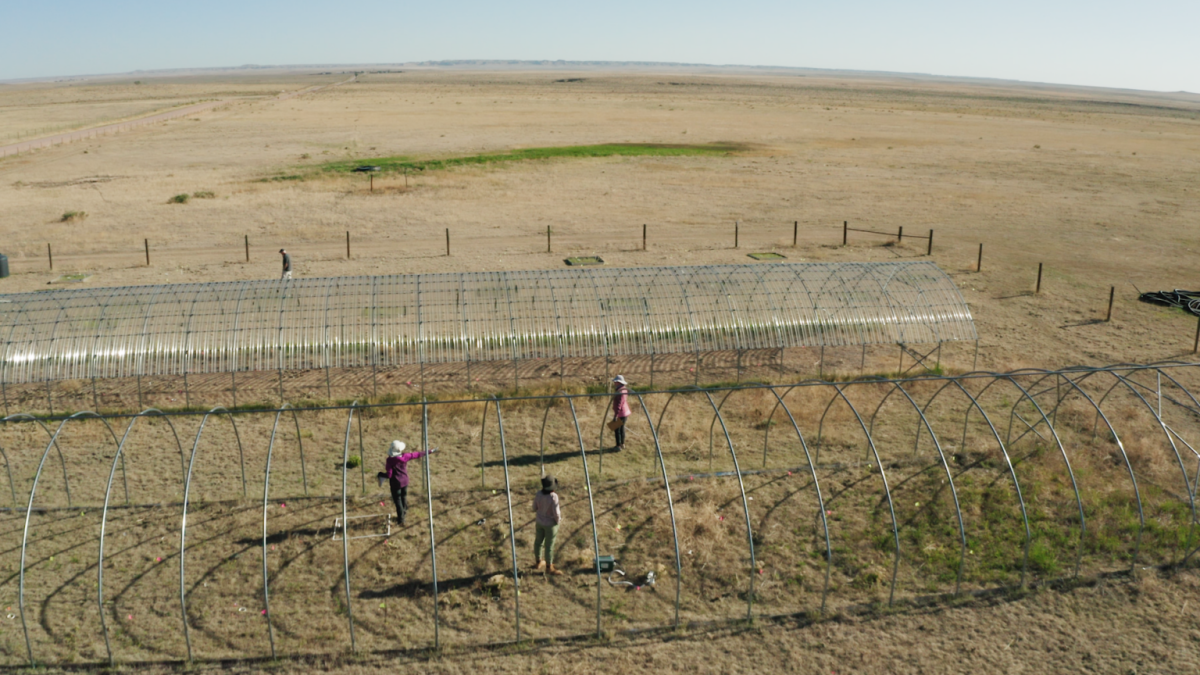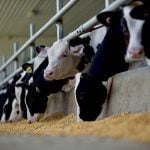A study on the benefits of expanding Saskatchewan’s irrigated acreage five times over points to billions of dollars in potential economic development for the province.
The Saskatchewan Irrigation Projects Association (SIPA) on Wednesday released a report urging $3 billion of investment in a regional water distribution system, which it said could add up to 542,000 more acres to the province’s current irrigated land base of just over 100,000 acres.
The irrigation infill and expansion potential is found in five projects on both the east and west sides of Lake Diefenbaker and into the Qu’Appelle Valley. The projects would include the South Saskatchewan River, Lucky Lake and Riverhurst irrigation districts, plus two irrigation projects, Qu’Appelle South and Westside.
Read Also

Prolonged drought causes unprecedented productivity loss: Study
Colorado State University — Extreme, prolonged drought conditions in grasslands and shrublands would greatly limit the long-term health of crucial…
The bulk of the province’s current irrigated farmland is around Lake Diefenbaker between Saskatoon and Moose Jaw. The lake in its present state was formed by the development of the Gardiner Dam in 1967.
Return on investment
The SIPA study suggests $3 billion in regional water investments could translate to total project investment of $8.9 billion, a $58 billion impact on agricultural sales, a $33 billion impact on provincial gross domestic product and another $12 billion impact on household income.
Cost benefit ratios are positive for irrigated agriculture, SIPA said, from 4:1 to 6:1, and are “very high,” ranging from 14:1 to 23:1, when agricultural value added is a part of the development process.
The study also points to an additional average gain in gross farm income from irrigation compared to dryland farming. In “normal” years, SIPA said, the gain is $485 per acre, while in drought years that would increase to $565 per acre.
SIPA said its five proposed irrigation infill and expansion projects, combined with the existing irrigation in the area, would together form one of the larger irrigated areas in North America.
“Even the Royal Commission of Inquiry into the South Saskatchewan River project that recommended against the Gardiner Dam in 1952 believed that there would be a time when irrigation could make the project worthwhile,” SIPA said in its release. “Today, that time has come.”
SIPA’s report calls for federal and provincial co-operation and initiatives to support long-term irrigation development, as well as forming new public/private partnerships between governments, industry, irrigators and others.
Such co-operation “will sustain the development process well beyond election cycles and provide a commitment to improved irrigation technology, research and water management,” SIPA said.















